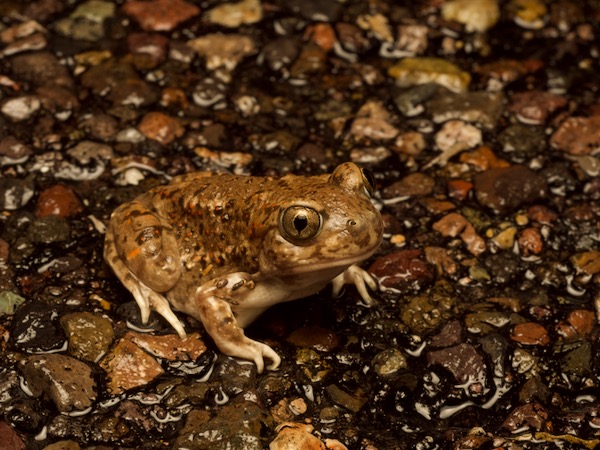Spea multiplicata
—
Mexican Spadefoot
Also known as:
New Mexico Spadefoot
Subspecies I've seen:
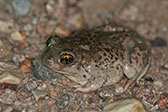
S. m. stagnalis
Chihuahuan Desert Spadefoot
Spea multiplicata stagnalis
—
Chihuahuan Desert Spadefoot

August 2009 in Arizona started out extremely dry, strongly limiting the number of toads hopping about on the road at night while I was there. Fortunately for me, the first and only toad I saw on this long night drive was this species, which I hadn't seen before.
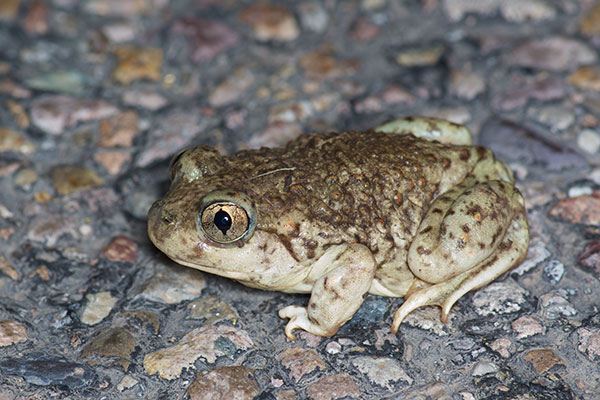
This one was found within a couple of miles of the one I had found five years earlier. This location is to the west of the range of the similar-looking Plains Spadefoot, so I didn't have to check whether this spadefoot smells of peanuts when handled in order to distinguish the species. (You probably think I'm kidding, but really! Check it out.)
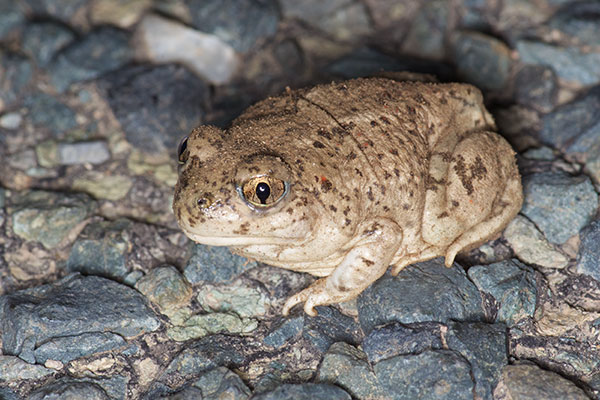
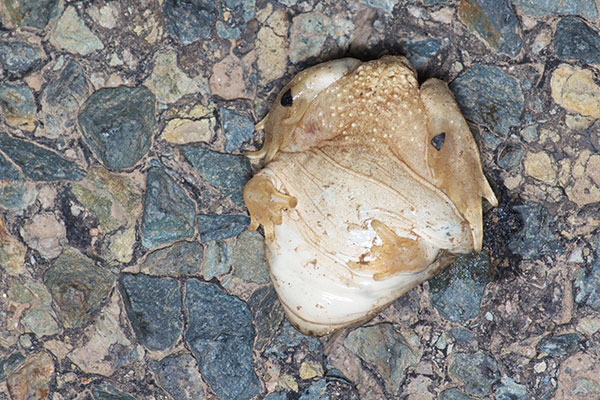
This wrinkly fellow was a New Mexico resident, so one might think it should be called a New Mexico Spadefoot. One would be wrong. I turned this one upside down for a moment to get a photo of the wedge-shaped "spades" that give this group of frogs their name.
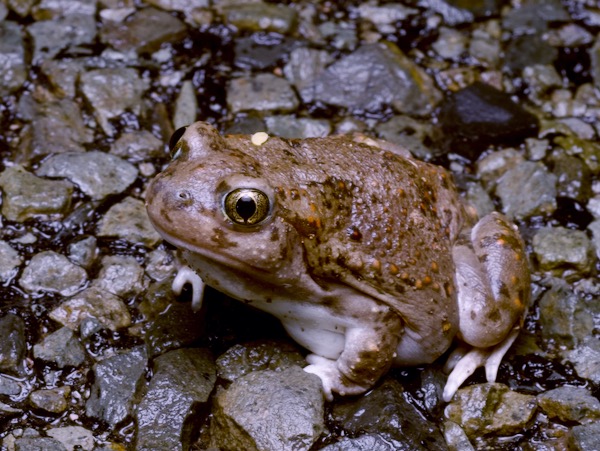
Spadefoots are so cute, I can't help but photograph every one I see.
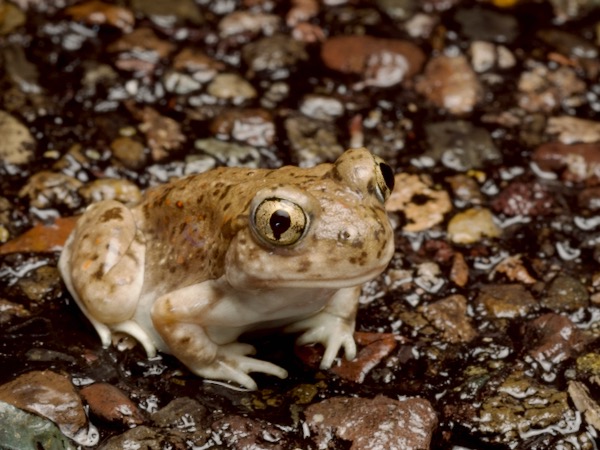
I think this is a young Spea multiplicata, but maybe it is instead a young Spea bombifrons?
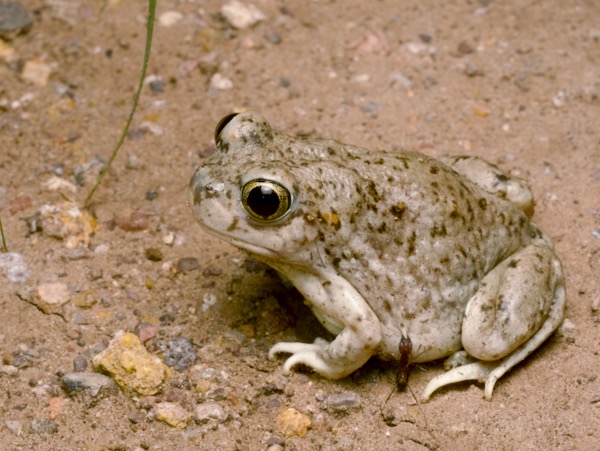
See, this kind of thing is why people don't like ants.
Printed references:
- Brennan, T. C. and Holycross, A. T. 2006. A Field Guide to Amphibians and Reptiles in Arizona
- Crother, B. I. (ed.) 2017. Scientific and Standard English Names of Amphibians and Reptiles of North America North of Mexico, with Comments Regarding Confidence in Our Understanding, Eighth Edition
- Elliott, L., Gerhardt, C. and Davidson, C. 2009. The Frogs and Toads of North America
- Stebbins, R. C. 2003. Peterson Field Guide to Western Reptiles and Amphibians, Third Edition
